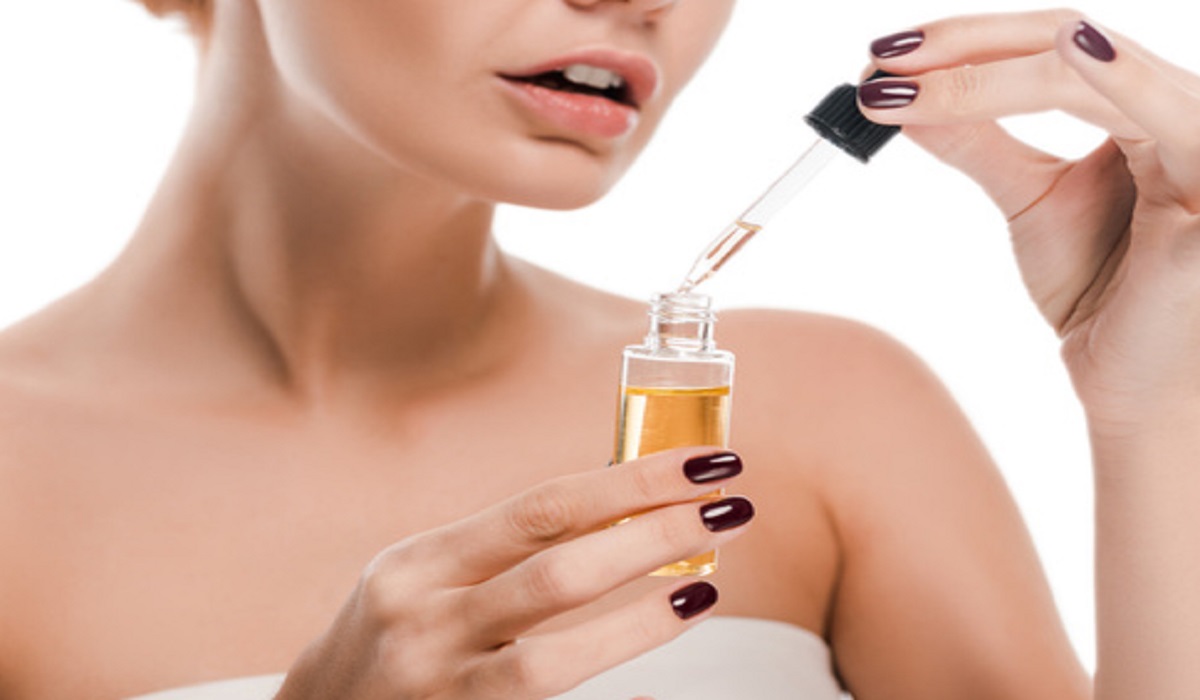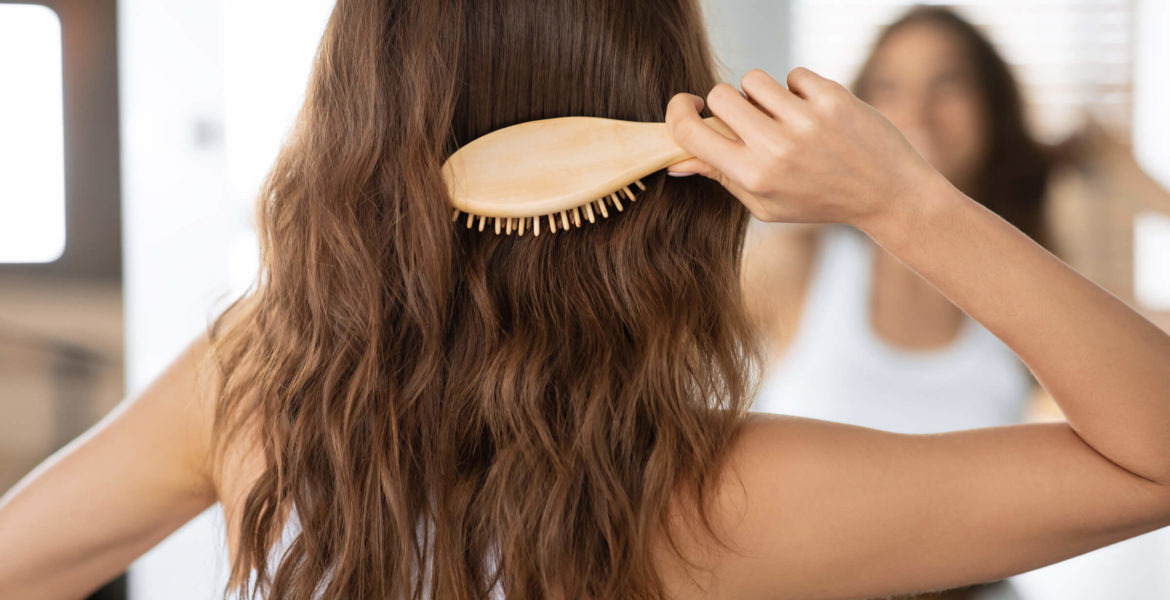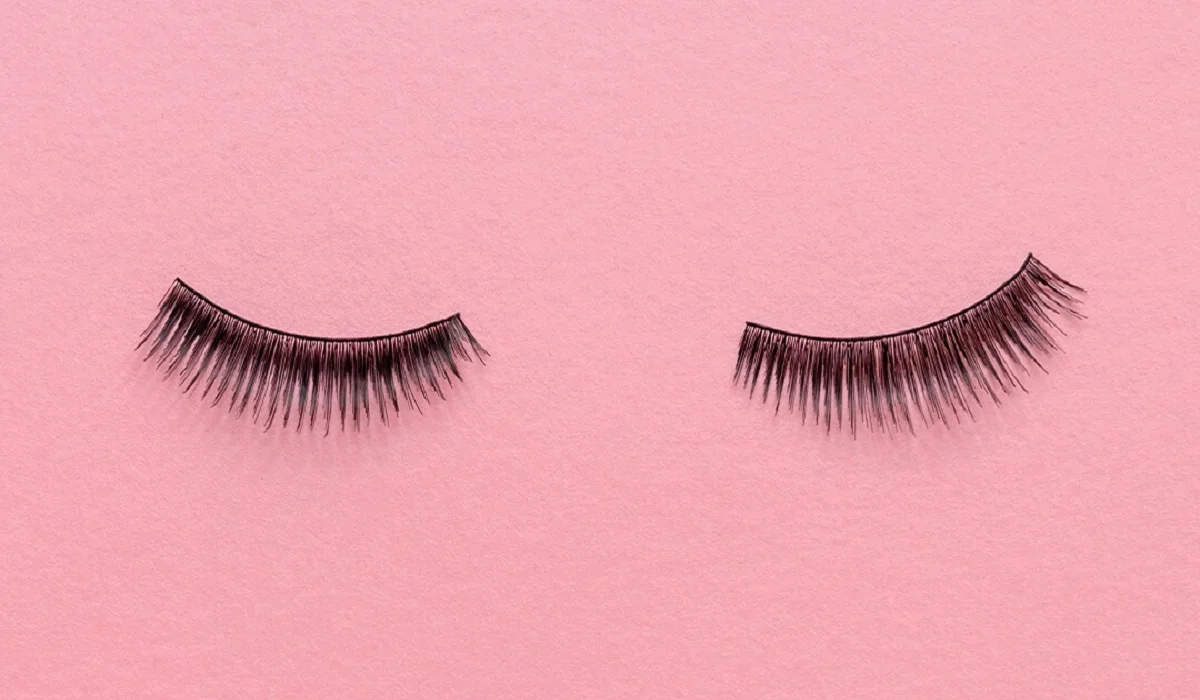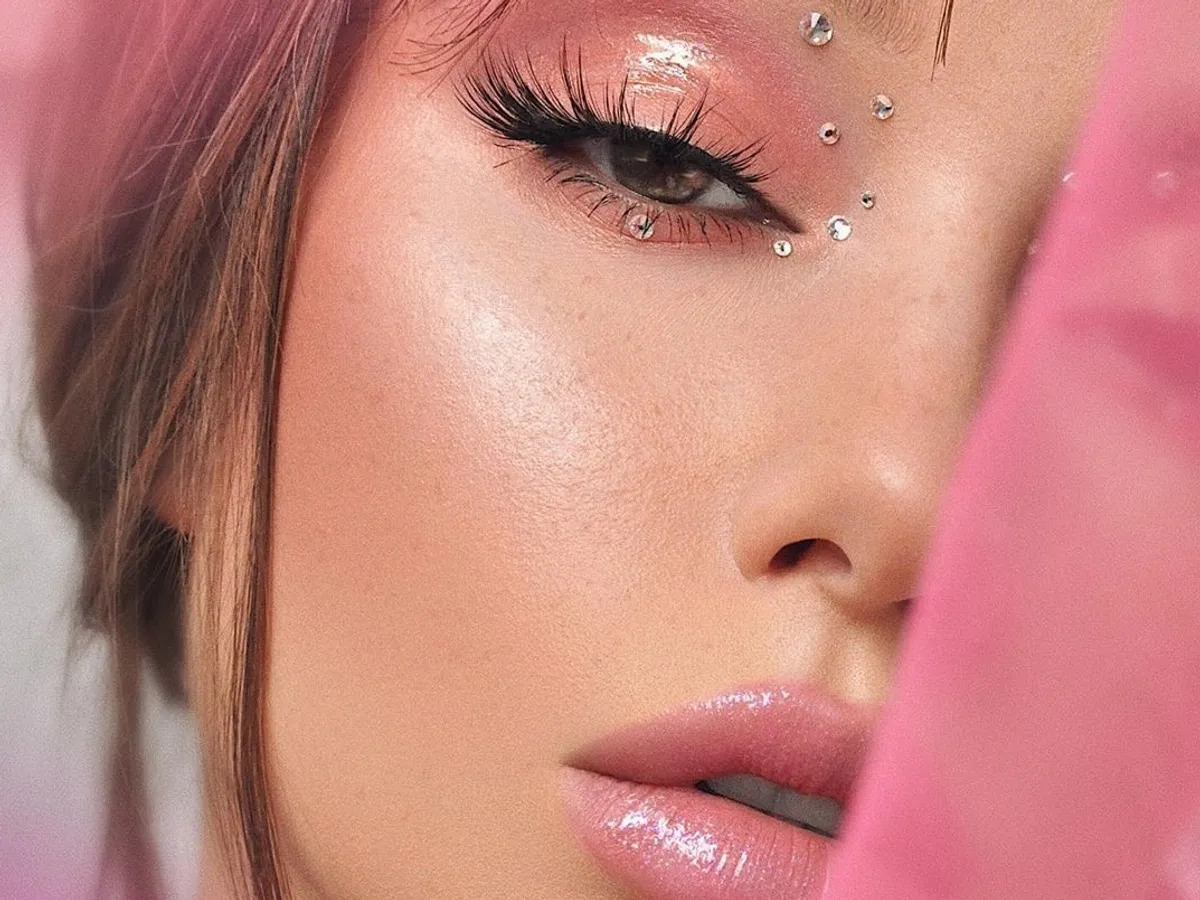Dry hands are a frequent issue for many, often worsened by factors such as environmental conditions, regular hand washing, and the use of harsh chemicals, leading to discomfort, cracks, and potential infections. Yet, through proper care and natural remedies, it’s feasible to replenish moisture and restore your skin’s health. This piece delves into five natural remedies that alleviate dry hands, combining age-old wisdom with contemporary dermatological insights.

Five Natural Strategies for Soothing Dry Hands
The Significance of Hydration
Hydrating the skin is essential to preserve its barrier function, prevent moisture loss, and shield against irritants. Consistently hydrating can markedly enhance the skin’s suppleness and hydration, diminishing the likelihood of dryness and fissures.
Natural Remedy 1: Coconut Oil Regimen
Coconut oil, a natural emollient, is laden with fatty acids that restore skin moisture. Nightly application of virgin coconut oil to the hands, followed by wearing cotton gloves, can boost absorption, rendering the hands supple and smooth.
Natural Remedy 2: Oatmeal Honey Exfoliant
A scrub made from oatmeal and honey not only exfoliates dead skin but deeply moisturizes. Combine ground oatmeal with honey and a small amount of water to create a paste. Gently rub this mixture on your hands and rinse after 10 minutes to rejuvenate the skin.
Natural Remedy 3: Aloe Vera Treatment
Renowned for its calming and healing effects, aloe vera gel applied to the hands can moisturize, mend cracks, and alleviate irritation. Its anti-inflammatory qualities also lessen redness and discomfort.
Natural Remedy 4: Shea Butter Remedy
Extracted from shea tree nuts, shea butter is a superb moisturizer for parched hands. Its rich vitamin and fatty acid content is perfect for skin nourishment and repair. For optimal results, generously apply shea butter to your hands at nighttime.
Natural Remedy 5: Glycerin-Rosewater Combination
Glycerin, a humectant, draws moisture to the skin. A hydrating concoction of glycerin and rosewater applied daily can prevent dryness and maintain soft skin.
Preventing Dry Hands
Prevent dry hands by wearing gloves in cold conditions and during household tasks. Opt for mild, unscented cleansers over harsh soaps. Prevention is equally critical as treatment.
Diet and Hydration for Skin Wellness
A diet rich in vitamins and omega-3 fatty acids, coupled with sufficient hydration, promotes skin health from within. Incorporate nutrient-dense foods like nuts, seeds, and green vegetables into your diet and drink ample water daily.
Humidifiers’ Role in Dry Hand Management
Employing a humidifier in dry settings and colder months can increase air moisture, aiding in skin dryness prevention. Choose a suitable humidifier for your area and maintain it well for maximum effectiveness.
Consulting a Dermatologist
Should home remedies fail to ameliorate dry hands, or if you observe severe cracking, bleeding, or infection signs, seeking a dermatologist’s counsel is prudent. They can offer specialized treatments and recommendations.
Exploring Natural Oils for Skin Care
Investigating various natural oils can yield customized dry skin solutions. Each oil, from almond to jojoba, provides unique benefits like anti-inflammatory effects and vital nutrients for skin restoration.
DIY Moisturizing Hand Masks
Crafting your moisturizing hand masks with ingredients like avocado, banana, and yogurt is a delightful and efficacious method for treating dry hands. These natural components are rich in essential vitamins and minerals for skin vitality.
Skin Hydration Science
Comprehending skin moisture retention and the stratum corneum’s role can enhance your skincare regimen. Employing hydrating substances and protective actions can significantly benefit skin wellness.
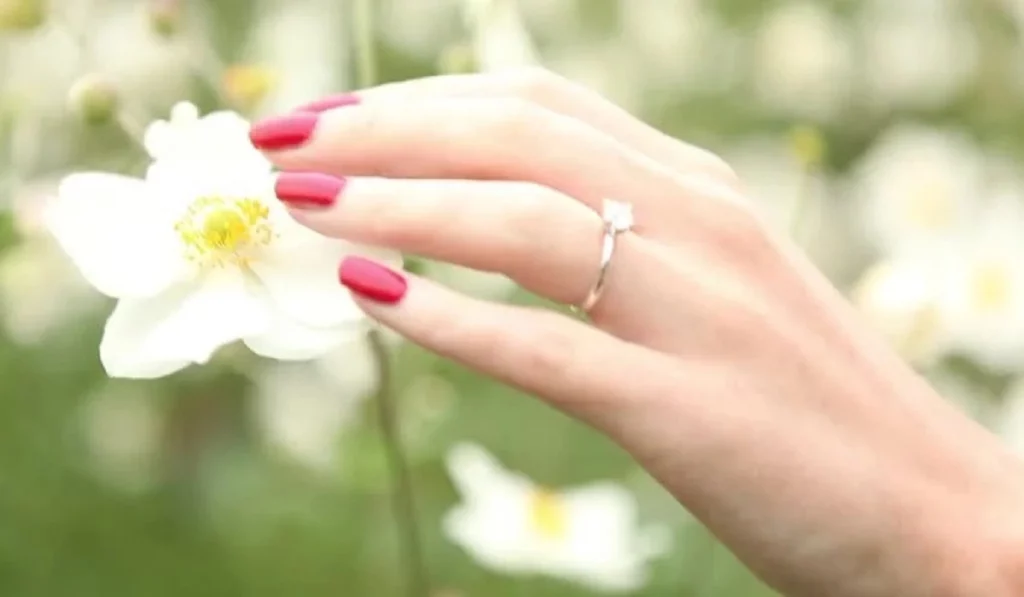
Weather’s Impact on Skin
Seasonal shifts can substantially impact skin health. Tailoring your skincare routine to these changes can assist in maintaining your skin’s moisture equilibrium and overall well-being.
Complementary Skin Care Therapies
Incorporating complementary therapies such as massage and acupuncture can foster relaxation and improved circulation, which benefits skin health and aids in dry hand management.
Adopting a Comprehensive Hand Care Strategy
Addressing dry hands involves a blend of potent home remedies, preventive strategies, and lifestyle modifications. Integrating these natural solutions into your routine can lead to soft, healthy hands. For ongoing issues, professional evaluation is advised to ensure comprehensive skin health.
What leads to dry hands?
Typically, environmental factors, frequent cleansing, and chemical exposure are to blame.
Are these remedies suitable for sensitive skin?
Yes, though conducting a patch test with new remedies is wise.
How frequently should I hydrate my hands?
Aim to moisturize at least twice daily and following handwashing.
Can dietary choices influence skin health?
Indeed. A nourishing diet underpins skin health from the inside.
What is the optimal application method for these remedies?
Adhere to each remedy’s specific guidelines for the best outcomes.
When is professional intervention for dry hands necessary?
If symptoms persist or exacerbate, a dermatologist’s expertise is recommended.

